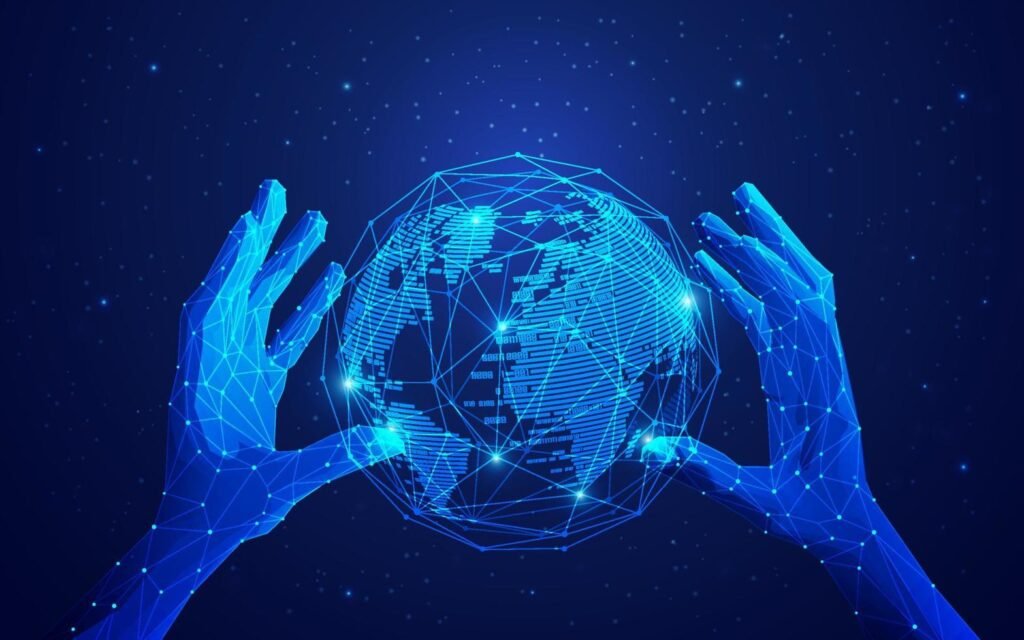When you use a cordless drill, navigate with GPS, or even check the weather forecast, you’re benefiting from space exploration in ways you might never have imagined. The technologies developed for humanity’s greatest adventure—exploring the cosmos—have quietly revolutionized life on Earth, creating innovations that touch virtually every aspect of modern existence.
The Hidden Space Connection
NASA has profiled more than 2,000 spinoff technologies since 1976, demonstrating that there’s more space in your life than you think. These aren’t just high-tech gadgets for scientists and engineers—they’re everyday products that have become so integrated into modern life that their cosmic origins are largely forgotten.
The 2025 Spinoff publication features more than 40 commercial infusions of NASA technologies, showcasing how technologies developed today don’t just make life on our home planet easier—they pave the way to a sustained presence on the Moon and future missions to Mars. This dual benefit creates a virtuous cycle where investments in space exploration generate immediate returns through terrestrial applications.
The range of space-derived innovations is staggering. From the memory foam in your mattress to the camera sensors in your smartphone, space technology has infiltrated consumer products in ways that would have seemed like science fiction just decades ago. These technologies weren’t developed with Earth applications in mind—they emerged from the unique challenges of operating in the harsh environment of space.
The Innovation Pressure Cooker
Space exploration creates the ultimate innovation laboratory. The constraints of operating in vacuum, extreme temperatures, radiation, and zero gravity force engineers to develop solutions that are lighter, more efficient, more durable, and more reliable than anything required for terrestrial applications. These extreme requirements often lead to breakthrough technologies that find unexpected applications back on Earth.
The closed-loop systems necessary for long-duration spaceflight have driven innovations in resource recycling, water purification, and waste management that are now transforming sustainable living on Earth. When every gram matters and failure isn’t an option, engineers must rethink fundamental assumptions about how technology should work.
The miniaturization required for space missions has driven advances in electronics that enabled the smartphone revolution. The need for autonomous systems capable of operating millions of miles from Earth has accelerated developments in artificial intelligence and robotics that are now reshaping industries from manufacturing to healthcare.
Medical Miracles from the Final Frontier
Some of space exploration’s most profound impacts have been in medicine and healthcare. The challenges of keeping astronauts healthy in space have led to innovations that are saving and improving lives on Earth. Advanced imaging technologies developed for space telescopes have been adapted for medical diagnostics, providing doctors with unprecedented views into the human body.
Telemedicine, now essential for remote healthcare delivery, was pioneered to monitor astronaut health during long-duration missions. The precise sensors and monitoring systems developed for spacecraft have been miniaturized and adapted for continuous health monitoring, enabling early detection of medical problems and remote patient care.
Robotic surgery systems trace their lineage to technologies developed for spacecraft maintenance and repair. The precision and reliability required for space operations have translated directly into medical devices that allow surgeons to perform complex procedures with greater accuracy and smaller incisions.
Agricultural Revolution from Above
NASA’s innovations include better farmland management thanks to satellite data, representing a transformation in how we approach food production. Satellite-based monitoring systems originally designed to study planetary surfaces are now providing farmers with detailed information about soil conditions, crop health, and optimal planting strategies.
Precision agriculture, enabled by GPS technology developed for spacecraft navigation, allows farmers to apply fertilizers, pesticides, and water with unprecedented accuracy. This reduces waste, minimizes environmental impact, and increases crop yields—benefits that are essential for feeding a growing global population.
The controlled environment systems developed for growing food in space are being adapted for vertical farming and greenhouse operations on Earth. These systems maximize production while minimizing resource consumption, offering solutions for sustainable agriculture in an era of climate change and resource scarcity.
Manufacturing and Materials Revolution
3D printing innovations for manufacturing represent another area where space technology is transforming terrestrial industries. The need to manufacture parts and tools in space has driven advances in additive manufacturing that are now revolutionizing production on Earth.
Materials science breakthroughs driven by space exploration have created stronger, lighter, and more durable materials that are finding applications in everything from automobiles to sporting goods. Heat-resistant materials developed for spacecraft reentry are now used in fire-resistant clothing and building materials.
The quality control and reliability standards required for space missions have raised manufacturing standards across industries. When failure in space can mean loss of mission or crew, every component must meet exacting specifications that benefit terrestrial applications as well.
Digital Infrastructure and Communication
The global communication infrastructure we take for granted today was largely built to support space exploration. Satellite communication networks, GPS systems, and high-speed data transmission technologies all emerged from the needs of space missions.
Weather forecasting, navigation, and global communications rely on satellite networks that represent some of humanity’s most successful space technology applications. These systems have become so integral to modern life that their space origins are often forgotten.
The Commercial Space Revolution
For decades, space exploration was led by national agencies, but that has changed due to private investment. Advances in reusable rocket technology, satellite servicing and in-space manufacturing are creating new opportunities for technological innovation and terrestrial applications.
Private companies like SpaceX, Blue Origin, and countless startups are accelerating the pace of space innovation while simultaneously creating new business models that make space-derived technologies more accessible. This commercialization is creating feedback loops that accelerate both space exploration and terrestrial technology development.
The reduced costs of space access are enabling new types of research and development that were previously economically impossible. This includes manufacturing experiments in microgravity, pharmaceutical research in space, and materials science investigations that could lead to breakthrough technologies for Earth applications.
Environmental Monitoring and Climate Science
Satellites originally designed for planetary exploration have become essential tools for understanding and monitoring Earth’s climate system. These space-based platforms provide global perspectives on environmental changes that would be impossible to achieve through ground-based monitoring alone.
Climate science, weather prediction, and environmental protection all rely heavily on satellite data and space-based instruments. The technologies developed for studying other planets have provided unprecedented insights into Earth’s complex environmental systems.
Natural disaster monitoring and response systems use satellite technology to track hurricanes, monitor earthquakes, and assess damage from space. These capabilities save lives and reduce economic losses by providing early warnings and rapid damage assessments.
Looking to the Future
The next generation of space exploration promises even more dramatic technological spinoffs. Missions to Mars will require closed-loop life support systems, advanced manufacturing capabilities, and autonomous robotics that will have profound applications on Earth. The challenges of establishing sustainable settlements on other worlds will drive innovations in renewable energy, resource recycling, and sustainable living that could transform how we live on our home planet.
Asteroid mining technologies under development could revolutionize materials science and manufacturing. The precision required for autonomous operations in deep space will advance robotics and artificial intelligence in ways that benefit countless terrestrial applications.
The increasing commercialization of space is creating market incentives for rapid technological development that will accelerate the translation of space innovations to Earth applications. As space becomes more accessible, the flow of innovations from space to Earth is likely to increase dramatically.
The Unseen Benefits
Perhaps the most remarkable aspect of space technology spinoffs is how seamlessly they integrate into daily life. Most people use dozens of space-derived technologies every day without realizing their cosmic origins. From the GPS in your car to the weather forecast on your phone, space exploration has created an invisible infrastructure that supports modern civilization.
The investment in space exploration represents one of humanity’s best returns on investment, generating technologies that improve life, save lives, and create economic value far exceeding the initial costs. As we stand on the brink of becoming a multi-planetary species, the technological benefits of space exploration will only continue to grow.
Space exploration isn’t just about satisfying human curiosity or ensuring species survival—it’s about pushing the boundaries of human knowledge and capability in ways that benefit everyone on Earth. Every dollar invested in space exploration returns multiple dollars in technological innovation, economic growth, and improved quality of life.
For comprehensive information about space technology applications in everyday life, NASA’s Spinoff publication provides detailed examples of how space exploration continues to generate innovations that benefit life on Earth, featuring stories of more than 2,000 technologies that have made the journey from space to your daily routine.





